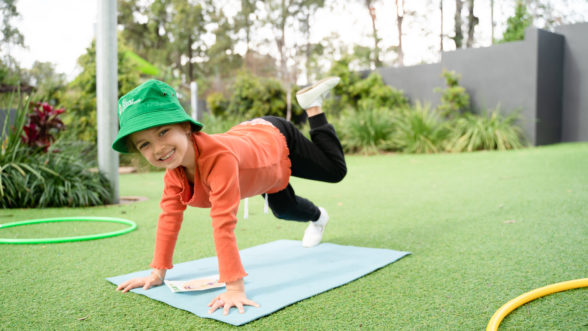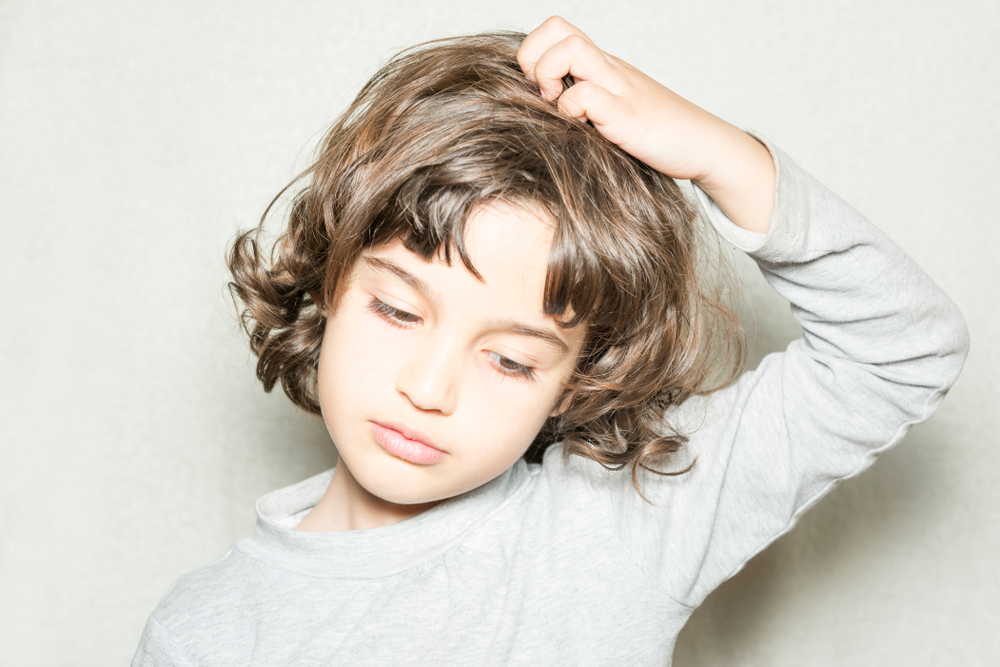
Wellbeing
Wellbeing
04 August, 2025

Head lice are small, wingless insects that live among human hair. They are particularly common among young children – though anyone can get them.
Head lice can be tough to get rid of and unpleasant to have. They feed on the blood from your scalp (gross), causing itchiness and irritation. While they’re otherwise generally harmless, scratching head lice bites can lead to infection so it’s a good idea to deal with them as quickly as possible. This will also help them from spreading.
Did you know that head lice and nits are different things? They’re the same animal, yes, but at different stages – a nit is the egg, while a louse is the adult insect. You’re more likely to see nits than adult lice in the hair since lice move so fast.
Interestingly, you can tell how long your child has had lice by the colour of the nits. Lice eggs (nits) hatch one to two weeks after they’re laid and will be white or clear when hatched. If you find brown, tan or yellow nits, they haven’t hatched yet.
The most common symptom of head lice – and the most well-known – is an itchy head. Some people even get a rash of small red bumps, which is mostly from scratching.
Other than this, you might only know that your child has lice when you see them on their head. So what do head lice eggs look like? Nits can look like dandruff, but they won’t fall off the hair as easily. Lice tend to lay eggs close to the scalp, so that’s the first place you should look.
Wondering how to get rid of head lice? There are two main ways to treat lice, and a combination of both is usually the best approach.
The first is to use a medication – typically, in the form of a medicated shampoo, cream rinse or lotion. These can be purchased over the counter, but your doctor may be able to provide a prescription for more serious cases. Ask them what they think will work best for your child.
Be sure to follow the directions carefully, remembering that these treatments are basically insecticides. Remember that these treatments will usually treat the lice, but it can take a couple of days for the itching to stop – don’t overdo it just because your child is still itching.
The second treatment is to remove the lice by hand. This can be done in addition to or instead of a medication – remember to follow your doctor’s advice.
Wet combing is the most effective way to remove lice by hand, and requires a special fine-tooth comb and lots of conditioner (which makes it easier to come through the hair). Go through small sections of the hair at a time, wiping the comb on a tissue after each turn.
Did you know that wetting the hair will also stop the lice from moving? This, combined with the conditioner, means fine-tooth combs are an effective way to get lice and nits out – especially if you are the one combing your child’s hair (combing their own hair can mean they miss spots).
Repeat these processes every three to four days (or as recommended by your doctor) for three weeks after the last live louse was seen. Keep watching for any live lice and act as soon as you see them.
Health experts warn against using a hairdryer after applying scalp treatments as they can be flammable. Also, avoid natural treatments like tea tree oil and ylang ylang as these can cause allergic reactions.
To prevent the spread of head lice and catching them again, make sure your child does not share hats or hairbrushes with their siblings or peers.
It’s a common myth that lice can live on furniture, clothes and bedding as they quickly dehydrate when they are removed from the hair. Still, you may want to wash your child’s pillowcases after treating their headlice for your own peace of mind.
For more news and advice, visit; https://edgeearlylearning.com.au/news-advice/